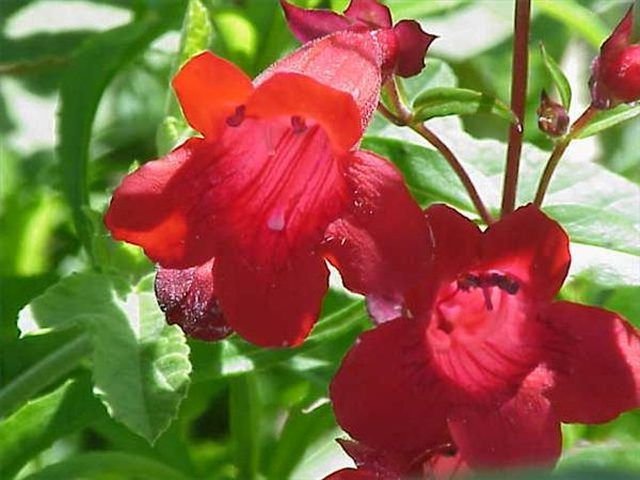Bulbs
Flower Basics
Flower Beds & Specialty Gardens
Flower Garden
Garden Furniture
Garden Gnomes
Garden Seeds
Garden Sheds
Garden Statues
Garden Tools & Supplies
Gardening Basics
Green & Organic
Groundcovers & Vines
Growing Annuals
Growing Basil
Growing Beans
Growing Berries
Growing Blueberries
Growing Cactus
Growing Corn
Growing Cotton
Growing Edibles
Growing Flowers
Growing Garlic
Growing Grapes
Growing Grass
Growing Herbs
Growing Jasmine
Growing Mint
Growing Mushrooms
Orchids
Growing Peanuts
Growing Perennials
Growing Plants
Growing Rosemary
Growing Roses
Growing Strawberries
Growing Sunflowers
Growing Thyme
Growing Tomatoes
Growing Tulips
Growing Vegetables
Herb Basics
Herb Garden
Indoor Growing
Landscaping Basics
Landscaping Patios
Landscaping Plants
Landscaping Shrubs
Landscaping Trees
Landscaping Walks & Pathways
Lawn Basics
Lawn Maintenance
Lawn Mowers
Lawn Ornaments
Lawn Planting
Lawn Tools
Outdoor Growing
Overall Landscape Planning
Pests, Weeds & Problems
Plant Basics
Rock Garden
Rose Garden
Shrubs
Soil
Specialty Gardens
Trees
Vegetable Garden
Yard Maintenance
How to Prune Penstemons
How to Prune Penstemons. Penstemons, commonly referred to a beardtongue, are popular flowers in home gardens, as they bloom profusely from midsummer until frost and are available in a wide range of colors. Penstemon is large species that encompasses approximately 275 species. It is a perennial in Zones 8 to 10, but is grown as an annual in colder...

Penstemons, commonly referred to a beardtongue, are popular flowers in home gardens, as they bloom profusely from midsummer until frost and are available in a wide range of colors. Penstemon is large species that encompasses approximately 275 species. It is a perennial in Zones 8 to 10, but is grown as an annual in colder climates. Perennial penstemon requires moderate pruning to encourage lush new growth and abundant blooms.
Things You'll Need
Garden shears
Prune in spring once new growth appears--generally in April or May.
Examine the new shoots to determine if they are growing from the base of the plant or if they are growing on old wood from the prior year. Do not attempt to prune the plant unless you are sure if new growth grows on old wood or from the roots. If you can't tell for sure, wait until it is clear. Where new growth forms varies between species and determines how you prune the plant.
Cut old stems to the ground, if the new shoots are growing from the roots at ground level. This provides room for the new plant to grow and opens up the plant to sunlight and water.
Prune just above the lowest set of new leaves on plants where leaves form on old wood. This encourages the plant to send out side shoots and creates a compact, bushy plant.
Tips & Warnings
Do not prune penstemon until you are sure if new growth occurs on old wood or from the roots.